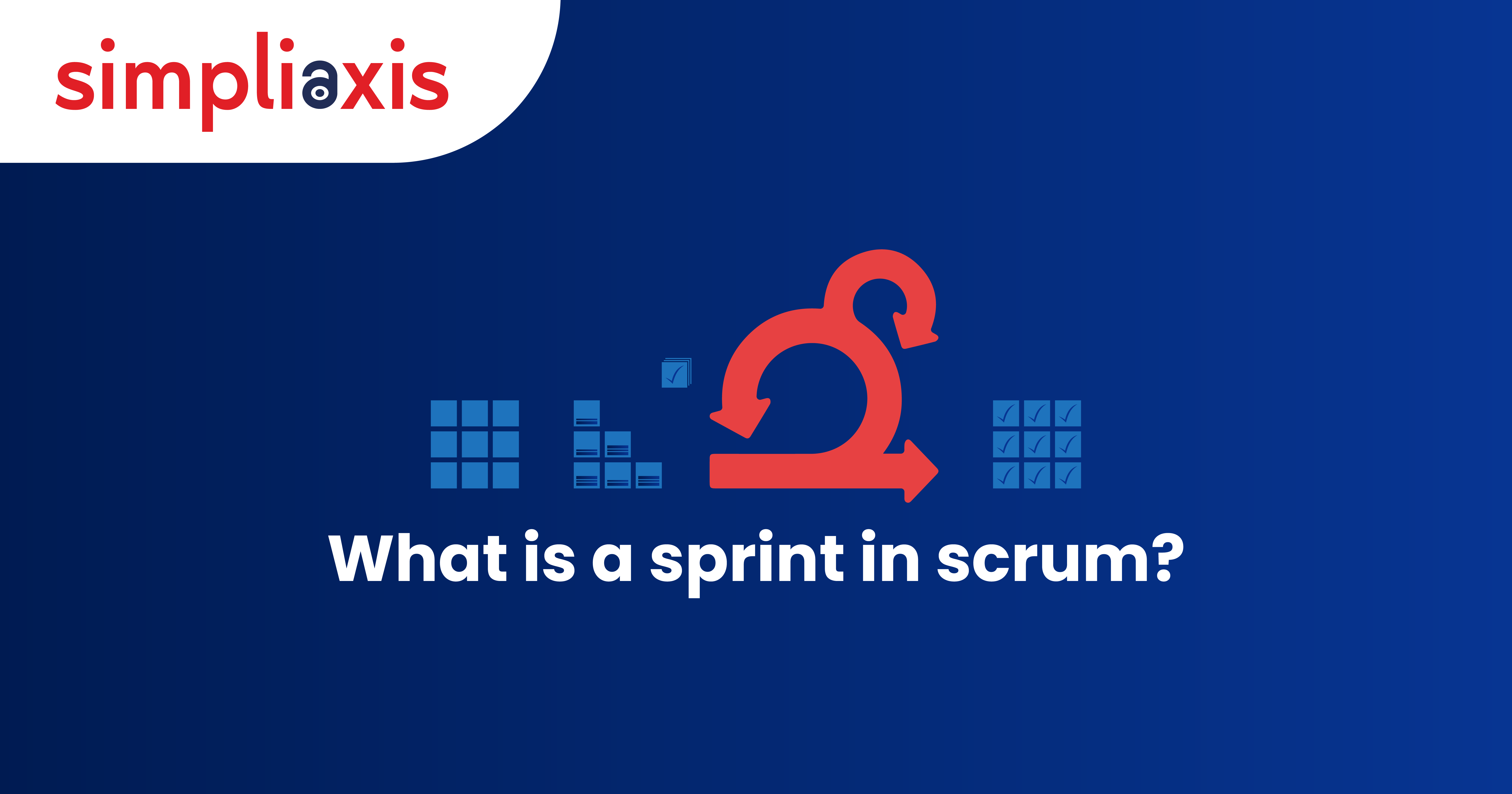In the dynamic landscape of agile project management, Scrum stands out as a popular framework that emphasizes flexibility, collaboration, and iterative development. At the core of Scrum lies the concept of a "sprint," a time-boxed iteration during which a specific set of features is developed. In this Sprint guide, we will delve into the intricacies of sprints in Scrum, exploring their definition, purpose, key elements, and best practices.
What Is A Sprint?
A sprint is a time-boxed planning or iteration, usually lasting two to four weeks, during which a cross-functional Scrum team works collaboratively to deliver a potentially shippable product increment. The concept of sprints is pivotal to the Scrum framework as it provides a structured approach to managing work, fostering adaptability, and enabling continuous improvement.
Key Elements of a Sprint
1. Time-Boxed Duration: Sprints have a fixed timeframe, typically ranging from two to four weeks. This predetermined duration instills a sense of urgency and commitment within the team, promoting a focused and efficient workflow.
2. Sprint Goal: Each sprint is guided by a clear sprint goal, a concise statement that articulates the intended outcome or purpose of the sprint. The sprint goal aligns the team's efforts and provides a shared understanding of the desired results.
3. Backlog Items: Sprints are fueled by a prioritized backlog of work items, often user stories or features. The Scrum team collaboratively selects a subset of these backlog items to be implemented during the sprint, considering their priority and feasibility.
4. Daily Stand-up Meetings: The Scrum team conducts daily stand-up meetings, also known as daily scrums, to synchronize activities, discuss progress, and address any impediments. These short, focused meetings promote transparency and foster a collaborative atmosphere.
Explore: Stand-up Meeting Best Practices
5. Incremental Development: The goal of each sprint is to deliver a potentially saleable product increment. This means that at the end of each sprint, the product should have added value and be in a state where it could be released to users if necessary.
Sprint Lifecycle
The lifecycle of a sprint in Scrum involves distinct phases, each contributing to the overall success of the iteration.
Phase | Description |
Sprint Planning | In this phase, the Scrum team collaboratively plans the upcoming sprint. This includes selecting backlog items, defining the sprint goal, and estimating the effort required. |
Sprint Execution | The core of the sprint where the development work takes place. Daily stand-up meetings keep the team aligned, and continuous communication ensures progress towards the sprint goal. |
Sprint Review | When the sprint is about to end, the team presents the completed work to stakeholders, obtaining feedback. This is an opportunity to assess the achievement of the sprint goal. |
Sprint Retrospective | A reflective session where the team discusses what went well and what could be improved and identifies action items for enhancing future sprints. |
Benefits of Sprints in Scrum
1. Increased Flexibility: Sprints provide a structured yet flexible approach to project management. By breaking down work into manageable iterations, teams can adapt to changing priorities and requirements more effectively.
2. Continuous Feedback: The sprint review at the end of each iteration allows for valuable stakeholder feedback. This iterative feedback loop ensures that the product aligns with user expectations and can be adjusted based on changing needs.
3. Predictability: The fixed duration of sprints and the commitment to delivering a potentially shippable product increment at the end of each sprint contribute to a sense of predictability. This aids in release planning and allows for better management of stakeholder expectations.
4. Focus and Collaboration: Sprints foster a high level of focus and collaboration within the Scrum team. The time-boxed nature encourages a sense of urgency, while daily stand-up meetings keep everyone informed and aligned toward the sprint goal.
What Are The Best Practices for Successful Sprints?
1. Clearly Defined Sprint Goal: Ensure that each sprint has a well-defined goal that aligns with the overall project objectives. A clear sprint goal provides direction and purpose to the team.
2. Effective Backlog Management: Prioritize the backlog items based on business value and dependencies. This helps select the most valuable work for the upcoming sprint and ensures a smooth development flow.
3. Regular Inspection and Adaptation: Embrace the principles of transparency and inspection. Regularly inspect the progress and adapt the plan as needed. This facilitates a culture of continuous improvement within the team.
4. Empowered Scrum Team: Empower the Scrum team to make decisions and take ownership of the work. A self-organizing team is more likely to deliver high-quality results and adapt to challenges.
5. Continuous Communication: Foster open and continuous communication within the team. Daily stand-up meetings and regular collaboration ensure that everyone is aware of progress and potential impediments.
Also, read: |
To Sum Up!
In conclusion, sprints in Scrum provide a structured and iterative approach to project management, promoting adaptability, collaboration, and the delivery of value. Understanding the key elements, lifecycle, benefits, and best practices associated with sprints is crucial for successfully implementing the Scrum framework. By embracing the principles of Scrum and effectively managing sprints, teams can enhance their agility and deliver high-quality products in a dynamic and competitive landscape.
Elevate your expertise in Agile methodologies and Scrum practices with Simpliaxis’ comprehensive courses. Our carefully crafted Agile and Scrum certification program is designed to empower you with the knowledge and skills essential for success in today's dynamic business environment.






















